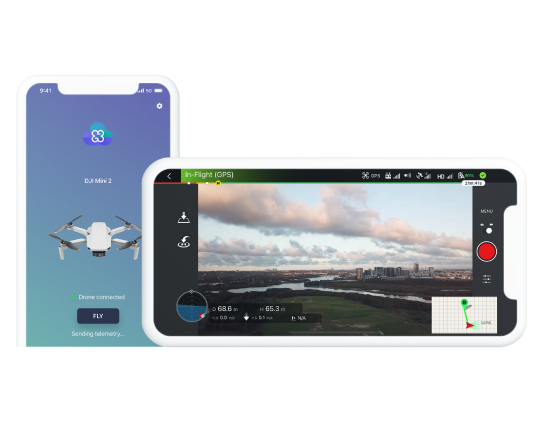Seven critical considerations for building a sustainable business
With global investment in robotics skyrocketing, the time is ripe for anyone wanting to launch their own robotics product. However, turning a concept into reality requires so much more than good technology. Read on for simple yet highly effective tactics to expedite your launch and secure long term success.
1. Build a ‘technical moat’
Successful entrepreneurs carve out a unique place for themselves in the market and then defend it. They start by identifying a problem that hasn’t been addressed or a need the market might not be aware of. The concept of maintaining a ‘technical moat’ – building a line of defense with compelling, hard-to-replicate products – is of paramount importance. It is critical to prioritize development of the product’s unique value proposition ahead of anything else.
2. Establish clear entry and exit criteria for pilot program
When done right, a pilot program allows robotics developers to test the waters. A common mistake is spending too much time in the pilot phase. Aiming for perfection can lead to missing prime time launch opportunities or risking credibility with stakeholders. Leverage market-ready solutions if needed. Create a pilot program with prioritized goals and clear exit criteria. Maintain strict allegiance to this criteria to avoid costly and time consuming strategic errors.
3. Scale production by leveraging existing technologies
To build or buy? For a robotic product that’s new to the game, that is the question.
To help identify the correct course of action, consider the following:
- *Is there an existing affordable commercial solution [the solution] on the market?
- *Is the solution scalable?
- *Will the solution strengthen the product’s competitive advantage?
- *Does the solution fall outside the product team’s core skill set?
If the answer to these questions is yes, leverage the available commercial solution. Don’t fall into the trap of wasting time and money building technology already on the market. Just because you can, doesn’t mean you should!

4. Establish a diverse multi-talented team
Robotics is a highly interdisciplinary field. Being able to identify talents with diversified expertise will expedite and optimize development of the product, transforming it from concept to reality. Hire people who are not only experts in their field, but who can transfer a phenomenal product from the production line to a showroom full of stakeholders, and ultimately help the business achieve market success.
5. Build a ‘user-friendly’ product
A product needs to be able to speak ‘with’ the user and not just ‘to’ them. If technical features are there to fulfill a common market need, then UX and UI are the tools that will make the product ‘enjoyable’ to use. If the robotics product is confusing or difficult to navigate, the user will either look for an alternative or simply revert to their old way of doing things.
“Developing robotics hardware is a complex engineering endeavor, often requiring significant effort to solve technical challenges. Investing in an intuitive and user-friendly interface can greatly enhance the customer experience and increase the adoption of your solution” – Michael Weiss, Head of Product, Cloud Ground Control.
6. Keep software security front of mind
When developing a robot, software security must be front of mind. If security becomes an afterthought, robots can be exposed to serious cyber threats that make it difficult to retrospectively implement security. As the damage magnifies, it ultimately takes an irreparable toll on market reputation.
Incorporate security from day one. Invest in security upfront to avoid major reputational damage down the track.
7. Focus on solving user’s problem, not the technology
A team may be proud of its beautifully crafted, one-of-a-kind robot from an engineering perspective. But when taking it to market, their mindset needs to flip from one of technicality to practicality. Over-engineered products aren’t guaranteed success. Complex features often translate to inflated prices and minimal uptake. To justify its final market price, strike a balance between uniqueness and practicality.
Conclusion
For a robotics product to be truly successful, it’s essential to adopt a long-term vision from product development and scalability to leveraging existing technologies with user-friendly designs. All these considerations will ultimately help to accelerate time to market and create a long term sustainable business.
CGConnect is a stand alone onboard cellular micro-modem for uncrewed air, land and sea vehicles. Integrate CGConnect into your project’s design to quickly access the cloud, save development time, fine tune your competitive advantage and multiply your robot’s applications. For more information visit www.CloudGroundControl.com/CGConnect
Read how Surf Life Saving Queensland use Cloud Ground Control to patrol Queensland’s coast.
For more information on Cloud Ground Control, enquire now at info@cloudgroundcontrol.com.






